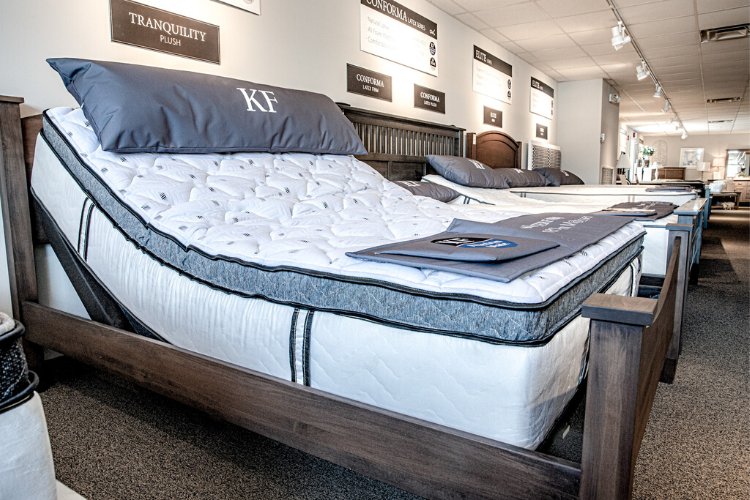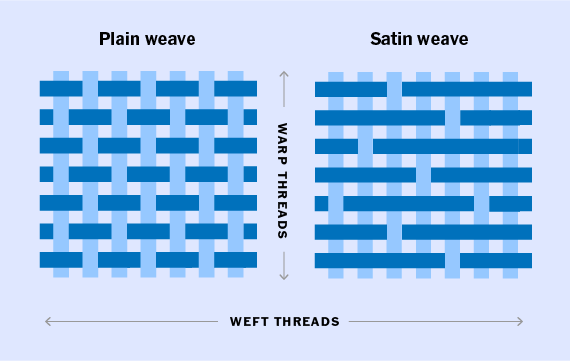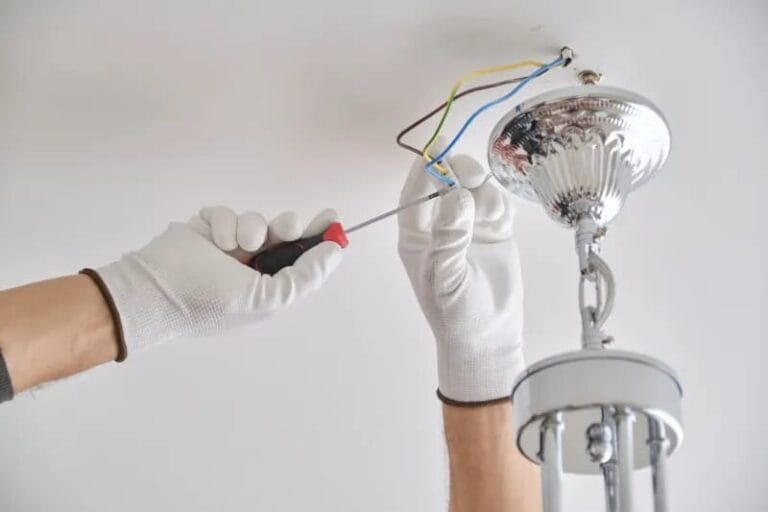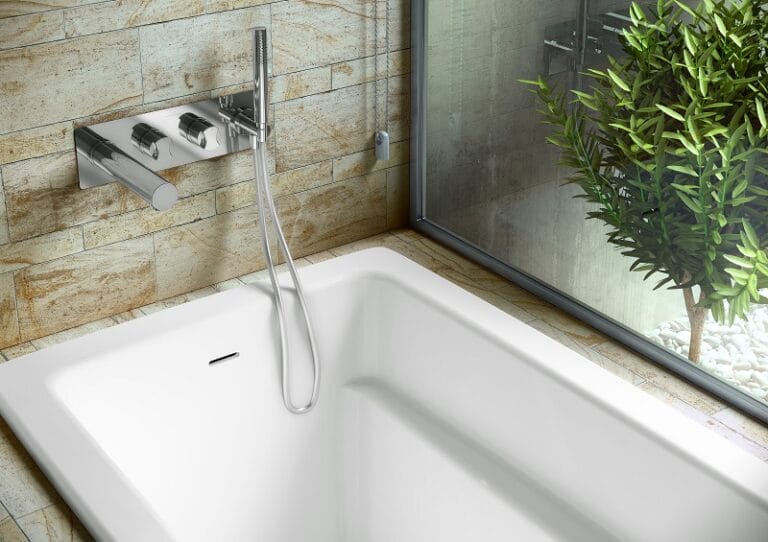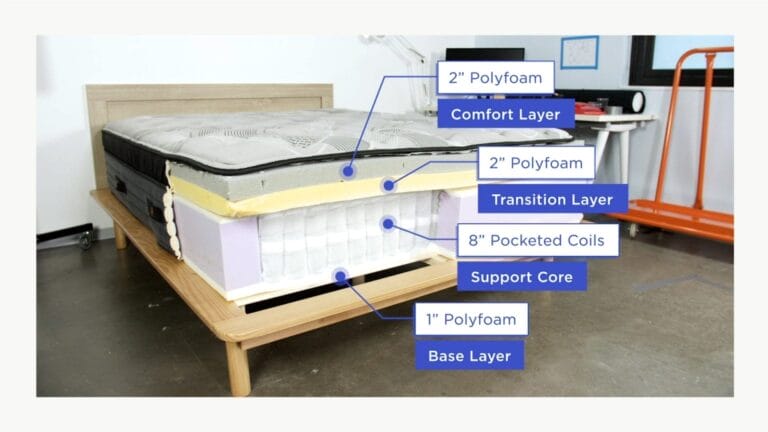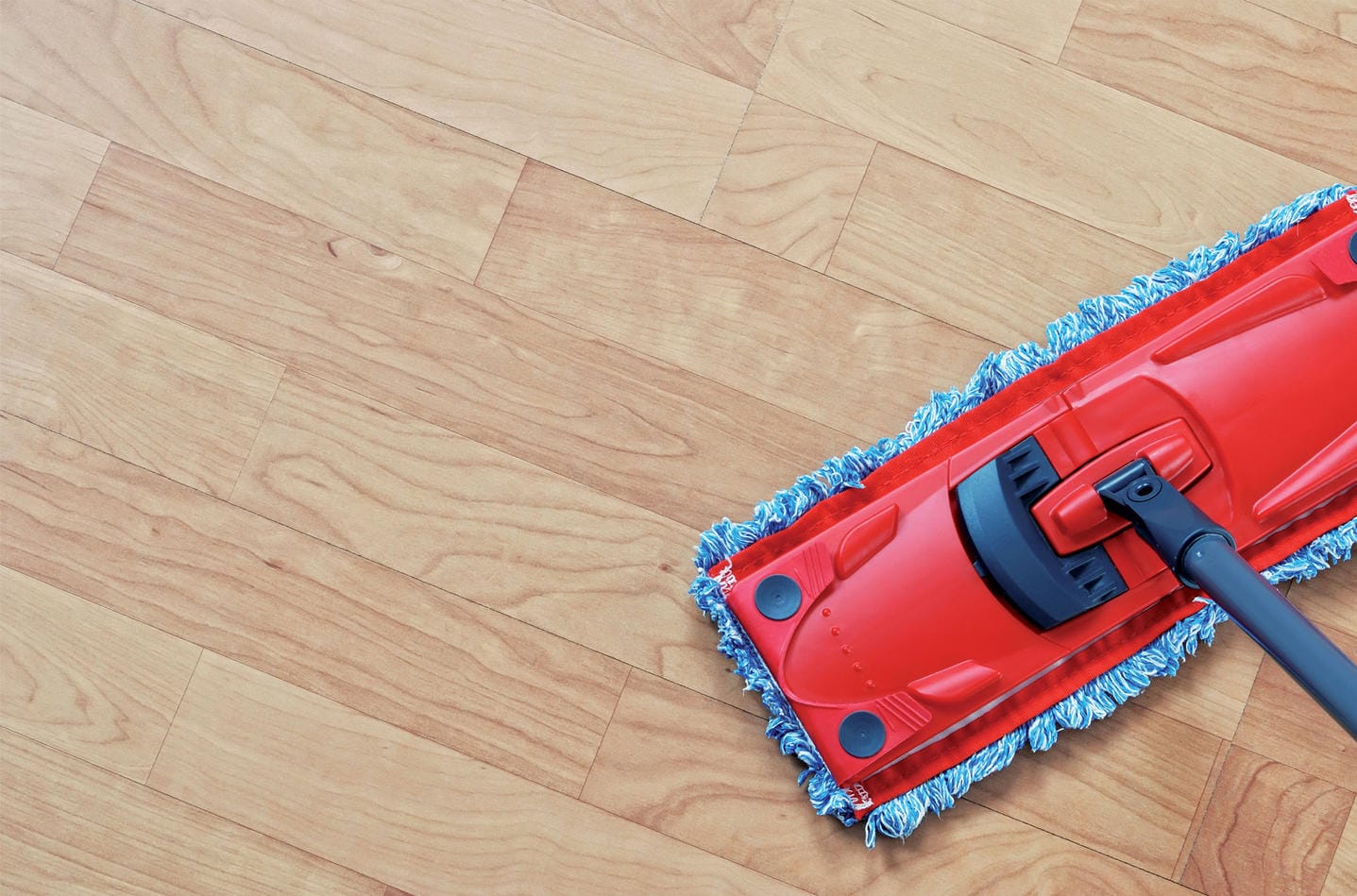
Have you ever wondered how to keep your vinyl flooring squeaky clean and looking its best? Well, you’ve come to the right place!
In this article, we’ll dive into the wonderful world of vinyl flooring maintenance and share some tips and tricks on how to keep it spick and span. So let’s get started on the journey to a sparkling vinyl floor!
Taking care of vinyl flooring doesn’t have to be a chore. With a few simple steps, you’ll be able to maintain its beauty for years to come.
Whether you have vinyl plank, tile, or sheet flooring, we’ve got you covered. From regular cleaning routines to handling tough stains, we’ll walk you through everything you need to know.
Cleaning and maintaining vinyl flooring may seem intimidating at first, but fear not! We’ll break it down into easy-to-follow steps that even a 13-year-old can do.
So get ready to become a vinyl floor cleaning pro and impress your family and friends with your newfound skills. Let’s jump right in and discover the secrets to a spotless and shiny vinyl floor!
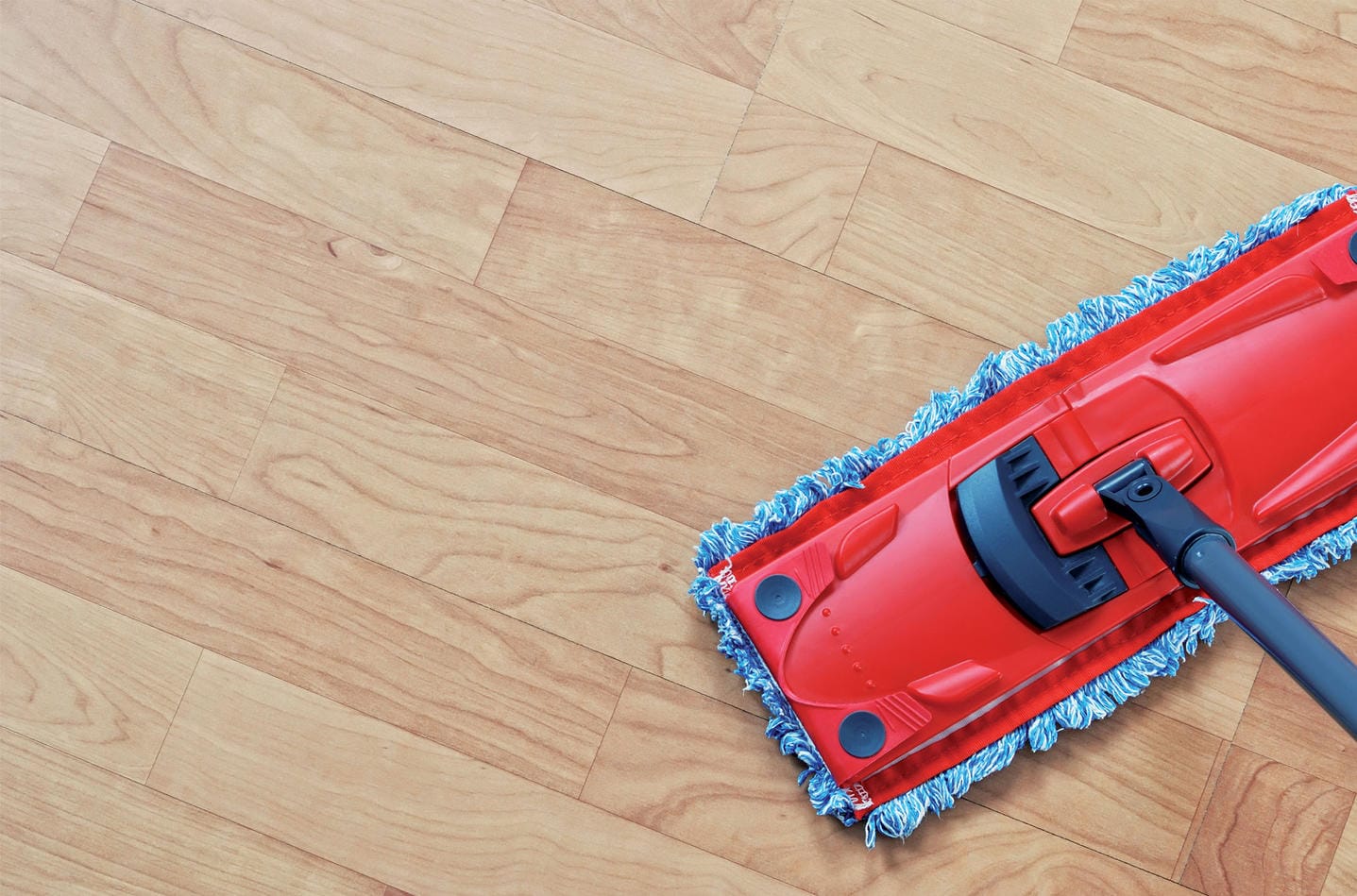
How Do I Clean and Maintain Vinyl Flooring?
Vinyl flooring is a popular and durable option for many homes. To keep it clean and well-maintained, follow these steps:
- Sweep or vacuum the floor to remove any loose dirt or debris.
- Mix a solution of warm water and mild soap.
- Dampen a mop or cloth in the solution and gently scrub the vinyl floor.
- Rinse the floor with clean water and dry it thoroughly.
- Avoid using harsh chemicals or abrasive cleaners that can damage the vinyl.
Why Is Cleaning Important for Vinyl Flooring?
To keep your vinyl flooring in top condition, regular cleaning is essential. Dust, dirt, and grime can accumulate over time and make your floors appear dull and worn.
Regular cleaning not only enhances the appearance of your vinyl floors but also helps to prevent scratches and damage. Additionally, maintaining a clean floor promotes a healthy living environment by reducing allergens and bacteria buildup.
Gather the Right Tools and Materials
Before you begin cleaning your vinyl flooring, it’s important to gather all the necessary tools and materials. These include a broom, vacuum cleaner, soft-bristled brush or mop, mild detergent, warm water, and a bucket. Avoid using abrasive cleaning tools such as steel wool or scrub brushes, as they can damage the vinyl surface.
Start by sweeping or vacuuming the floor to remove any loose dirt and debris. This will prevent scratching the surface during the cleaning process.
If using a vacuum cleaner, make sure to use the appropriate attachment to avoid scratching the vinyl. A soft-bristled brush or mop can also be used to gently remove dirt and dust from the floor.
Once the floor is free of loose dirt, prepare a cleaning solution by mixing a few drops of mild detergent with warm water in a bucket. It’s important to use a mild detergent to avoid damaging the vinyl. Harsh chemicals and abrasive cleaners can strip the protective layer of the flooring and cause discoloration.
Clean the Vinyl Flooring
With the cleaning solution ready, it’s time to clean your vinyl flooring. Dip the soft-bristled brush or mop into the cleaning solution, ensuring it is not dripping wet, and gently scrub the floor in small sections.
Avoid using excessive water, as vinyl flooring is not completely waterproof, and excessive moisture can seep through the edges and cause damage to the subfloor.
For stubborn stains or sticky residue, you may need to use a bit more pressure and a gentle back-and-forth motion. However, be cautious not to apply too much force or scrub vigorously, as this can cause scratches or dull the surface of the vinyl. If the stain persists, try using a specialized vinyl flooring cleaner or a solution of white vinegar and water.
After cleaning a section, rinse the brush or mop thoroughly to remove any dirt or residue before moving on to the next area. Continuously rinsing the cleaning tool helps prevent spreading dirt or grime across the floor, ensuring a thorough cleaning. Repeat this process until the entire floor has been cleaned.
Rinse and Dry the Floor
Once you have finished cleaning the vinyl flooring, it’s important to rinse away any remaining cleaning solution. Fill a bucket with clean water and use a mop or clean cloth to rinse the floor thoroughly. Ensure that you remove all the soap residue to prevent a sticky film from forming on the surface.
After rinsing, use a dry cloth or mop to remove any excess water from the floor. Leaving standing water on vinyl flooring can cause damage, such as warping or discoloration.
If necessary, you can also use a fan or open windows to aid in the drying process. Make sure the floor is completely dry before walking on it or placing any furniture back in the room.
Additional Maintenance Tips
In addition to regular cleaning, there are several maintenance tips you can follow to keep your vinyl flooring looking its best:
- Place doormats or rugs at entryways to trap dirt and prevent it from being tracked onto the vinyl flooring.
- Use furniture pads or protective coasters under heavy furniture to prevent scratches or indentations.
- Avoid dragging or sliding heavy objects across the floor, as this can cause scratches.
- Clean up spills immediately to prevent staining or seepage into the vinyl.
- Trim pet nails regularly to prevent scratches.
- Avoid using wax or polish on vinyl flooring, as it can create a dull, sticky residue.
- Follow the manufacturer’s recommendations for any specific cleaning products or techniques.
Regular cleaning and maintenance are key to preserving the beauty and longevity of your vinyl flooring. By following the proper cleaning techniques and incorporating regular maintenance practices, you can keep your floors looking their best for years to come.
Remember to gather the right tools and materials, clean the floor using a mild detergent, and rinse and dry the floor thoroughly. Follow these steps along with the additional maintenance tips to ensure your vinyl flooring stays clean and well-maintained.
Frequently Asked Questions
In order to keep your vinyl flooring clean and maintain its durability, it’s important to follow the right cleaning and maintenance practices. Here are some commonly asked questions about cleaning and maintaining vinyl flooring:
1. What cleaning products should I use on vinyl flooring?
When cleaning vinyl flooring, it’s important to avoid using abrasive cleaners or products with harsh chemicals. Instead, opt for a mild cleaner specifically designed for vinyl floors. You can also use a mixture of warm water and a few drops of mild dish soap to clean your vinyl flooring effectively.
Avoid using excessive water, as vinyl flooring can warp or become damaged if exposed to too much moisture. It’s best to use a damp mop or cloth to clean the floors, and make sure to dry them thoroughly afterwards to prevent any potential damage.
2. How often should I clean my vinyl floors?
The frequency of cleaning your vinyl floors depends on the amount of foot traffic and how dirty they get. Generally, it’s recommended to sweep or vacuum your vinyl flooring on a daily basis to remove any dirt or debris. This helps prevent scratching and keeps the floor looking clean.
In terms of wet cleaning, it’s generally recommended to clean vinyl floors every week or every two weeks. However, if you notice any spills or stains, it’s important to clean them up promptly to avoid any potential damage or staining.
3. Can I use a steam mop on vinyl flooring?
No, it’s not recommended to use a steam mop on vinyl flooring. Steam mops produce excessive heat and moisture, which can cause damage to the vinyl material and the adhesive that holds it in place. Instead, stick to using a damp mop or cloth with a mild cleaner to achieve the best results.
If you’re unsure about a specific cleaning method or product, it’s always a good idea to consult the manufacturer’s guidelines or contact a professional for advice.
4. How can I protect my vinyl flooring from scratches?
To prevent scratches on your vinyl flooring, it’s important to place protective pads or furniture glides on the legs of your furniture. This helps distribute the weight more evenly and reduces the risk of scratches caused by dragging furniture across the floor.
You can also use rugs or mats in high-traffic areas to minimize the amount of dirt and debris that can potentially scratch the floor’s surface. Regularly sweeping or vacuuming the floors to remove any small particles also helps prevent scratching.
5. How do I deal with stains on vinyl flooring?
If you encounter a stain on your vinyl flooring, it’s important to act quickly to prevent it from setting in. For general stains, you can use a mixture of warm water and a few drops of mild dish soap. Apply the solution to the stain and gently scrub with a soft cloth or sponge.
For tougher stains, you may need to use a specialized vinyl floor cleaner or a solution recommended by the manufacturer. Always follow the instructions provided with the cleaner and test it in a small, inconspicuous area first to ensure it doesn’t cause any damage to the floor.
Taking care of your vinyl flooring is important to keep it looking nice for a long time. Regular sweeping and mopping with a gentle cleaner will help remove dirt and maintain its shine. Avoid using harsh chemicals or abrasive tools that could damage the flooring.
Remember to wipe up spills quickly to prevent stains, and use felt pads or rugs under heavy furniture to prevent scratches. With a little bit of effort, your vinyl flooring can stay clean and beautiful for years to come.
In addition to regular cleaning, it’s important to take some preventive measures to protect your vinyl flooring. Avoid dragging heavy objects across the floor and use mats at entranceways to trap dirt and prevent it from scratching the surface.
Be cautious with sharp objects that could cut or gouge the flooring. If you follow these tips and take good care of your vinyl flooring, it will stay in great shape and continue to make your home look fantastic.

